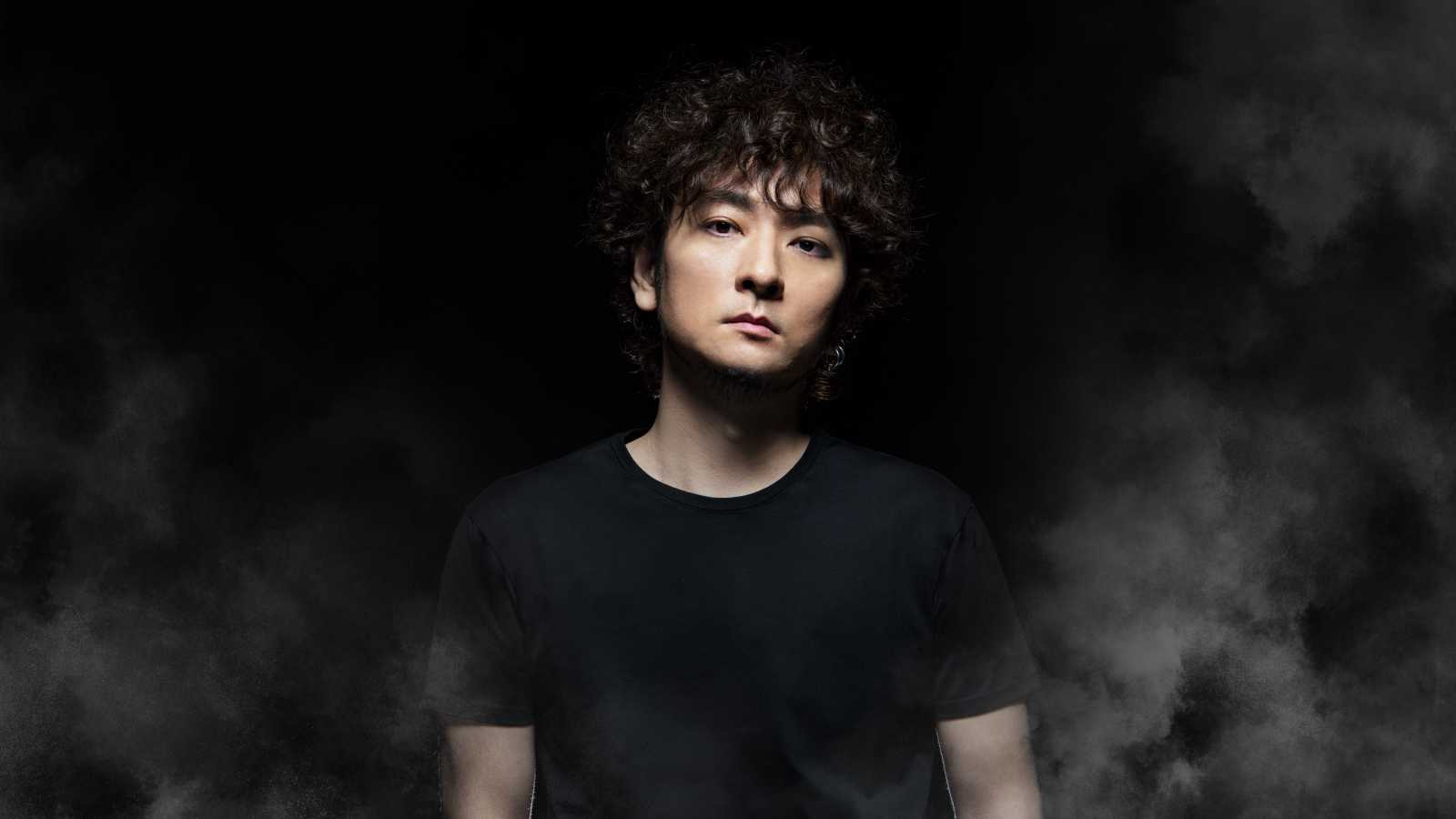Hitomi Shimatani offers a variety of sound with her fifth album release Heart&Symphony.
Hitomi Shimatani is a J-pop artist who has released an extensive discography with AVEX records. Her fifth album was entitled Heart&Symphony. In the first press CD version, it contained 12 tracks and a bonus song, incorporating techno music with pop and ballads. The album tells a beautiful story of love and strength in the ups and downs of the tracks on the album.
Sky high starts with a slow vocal opening before it beautifully transitions into an upbeat, electronic arrangement. The electronic orchestra is an enjoyable surprise to the song, and while it has a "Dance Dance Revolution" feel, it stands on its own with its gorgeous vocals and enchanting melody. Hitomi's vocals are clear and refreshing, and she demonstrates vocal power throughout the song.
One of the most powerful tracks is Taiyou Shin, which starts with Hitomi's voice in a high tone before transitioning lower, but it keeps the same volume as the other tracks. Her voice is passionate, and with the accompaniment of the background vocals, the song is uplifting and pretty. The techno melody is fronted by a symphony which has beautiful wind and wood instruments, and it is particularly sonorous through the chorus, where the combination of vocals and instruments could bring a tear to your eye.
Sarasoujo begins with a gentle guitar melody that has a Spanish feel and tapers off into silence before the entire song switches its melody completely, and the guitar returns only for a moment and is replaced by the piano and Hitomi's vocals. The song builds up steadily in volume three times and maintains the consistent rhythm. It is reminiscent of a bedtime song, with its calming melody and vocals of ease and gentleness. Salvia is the next track on the album and flows well from Sarasoujo, as it has a very medieval feel as it begins with chimes. The song builds slowly both vocally and instrumentally and continues with the gentle chimes up to the chorus, which comes to life with a harp and powerful arrangement that outshines many of the other tracks of the album before mellowing back out again for the next stanza.
Hitomi sings a capella in Kokoro for nearly thirty seconds before the piano begins to slowly work its way into the song, making way for the rest of the orchestra. About one minute in, we're greeted by the calming sound of the wood instruments. The song remains slow and consistent, being a pretty addition to the album. Mahiru no Tsuki is much like Kokoro and begins with a sparkle before Hitomi's vocals begin, and the instruments slowly join. This ballad, while her voice is particularly clear against the piano arrangement, is the plainest of the songs on the album and is the least memorable.
Garnet Moon and Falco are two more "Dance Dance Revolution" like songs and are the fastest on the album. The arrangement in Garnet Moon is in super speed mode as is Hitomi's vocals, and the song is one you can't not dance to. It has an addictive rhythm and catchy vocals, building up through the stanzas for an explosive chorus where Hitomi belts out the vocals along with the electronic orchestra. This is much like Falco, which sounds like something out of Arabian nights but maintains a very appealing sound and enjoyable vocals.
The song with the most haunting opening is Mona Lisa; a choir singing eerily accompanied by an organ and bells gives the song a very gothic feel. When Hitomi begins to sing, the music fades to the sound of drums beating every few seconds and chimes, but the orchestra reemerges slowly as the song builds up to its comforting chorus, which maintains the gothic feel of the song as it jumps into a faster paced techno rhythm immediately following the first chorus. From that point on, the song is much faster and Hitomi's vocals are heavenly but in your face. Like Mona Lisa, ~Mermaid~ sounds like something played out of a church with the heavy organ and choir beginning. This dark, gothic melody maintains through the song just like Mona Lisa, and along with the church-esque melody we get hints of the electronic goodness that Hitomi is so fond of in this album. In both songs, Hitomi's vocals are catchy and interesting, showcasing a variety of sound rolled up into two tracks.
Frame and Voice have some of the most beautiful openings on the album. In Frame, there is a guitar that opens for the instruments, while Voice has a wood instrument orchestra that introduces the track before Hitomi begins singing. Frame has a very basic melody that consistently builds and drops, keeping us hanging on. Hitomi's vocals are outstanding in this song, and between herself and the background vocals, it makes up for the simple composition. Voice's music after the wood orchestra beginning drops to a piano composition which Hitomi carefully follows until the orchestra resumes and takes lead. The song continues to flow between the two and Hitomi's lyrics stay right on beat. The chorus is particularly festive and is the highest point of the song, where we not only get a gorgeous instrumental solo but hear Hitomi holding notes for seconds that accent her voice.
The bonus track, Viola (crossover version), starts with a harp and Hitomi's empowered vocals. The song is much calmer than the other tracks, but with the beautiful harp filtered through the song and the upbeat chorus, Viola is a lovely bonus to an already great album.
Hitomi Shimatani is an excellent artist, and Heart&Symphony is a fantastic album that can be enjoyed by a number of audiences from a variety of musical tastes. There is no doubt that the album offers something for everyone and is a great addition to any J-pop collection.



